Projects that were expensive wastes of money
In the world of ambitious ventures, not all that glitters turns to gold. From Hollywood films to grand engineering projects, history is littered with costly endeavors that failed to hit their mark.
These high-stakes gambles, often backed by substantial investment, sometimes result in staggering losses. We’re diving into some of the most infamous big-budget flops, where expectations soared but reality fell flat.
Hollywood’s Costliest Box Office Bombs

Hollywood isn’t immune to colossal failures, with some films losing millions. “John Carter,” for instance, was one of Disney’s most expensive flops, costing about $263 million to make but earning only $284 million worldwide.
Even with its massive budget and marketing, the film failed to capture audiences. Similarly, “The Lone Ranger” ended up as another expensive misfire, with a budget of $215 million and a global gross of just $260 million, both movies leading to a substantial loss after marketing.
The Infamous Fyre Festival Fiasco

Billed as a luxury music festival in the Bahamas, Fyre Festival ended up being a disaster of epic proportions. Promoted by influencers, attendees expected lavish accommodations, gourmet meals, and top-tier performances.
Instead, they were greeted with disorganization, meager tents, and cheese sandwiches. The festival’s failure was so notorious it inspired documentaries and legal battles, showcasing the dangers of overhyped promises without proper execution.
The Billion-Dollar Bridge to Nowhere

In Alaska, the Gravina Island Bridge project became a symbol of government waste. The proposed bridge would have connected the town of Ketchikan to its airport on Gravina Island, with an estimated cost of $398 million.
However, with only 50 residents on the island, the project was deemed unnecessary and was eventually canceled. The funds were redirected, but not before the project became a case study in imprudent spending.
The Overambitious Concorde Supersonic Jet
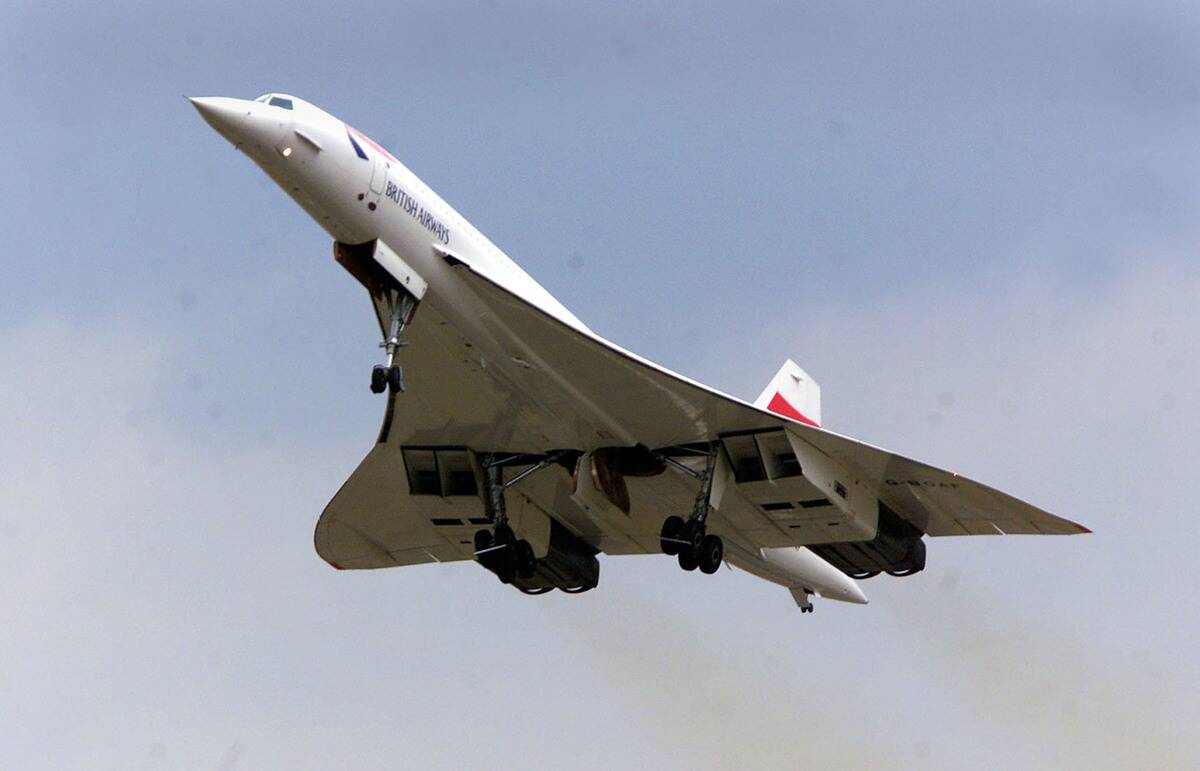
The Concorde was a marvel of aviation, capable of flying from New York to London in under four hours. Despite its engineering brilliance, the supersonic jet faced numerous challenges, including high operating costs and limited passenger capacity.
Only 20 Concordes were ever built, and they never turned a profit. The steep ticket prices and environmental concerns eventually led to the Concorde’s retirement in 2003, marking the end of an era for supersonic travel.
New Coke: A Marketing Misstep

In 1985, Coca-Cola decided to reformulate its classic soda, introducing New Coke to the market. The backlash was immediate and intense, with loyal consumers decrying the change.
Despite extensive market research suggesting success, the new formula failed to resonate with fans of the original. Within months, Coca-Cola reintroduced the classic formula as Coca-Cola Classic, admitting its misstep and demonstrating the power of consumer loyalty.
The Extravagant Titanic II
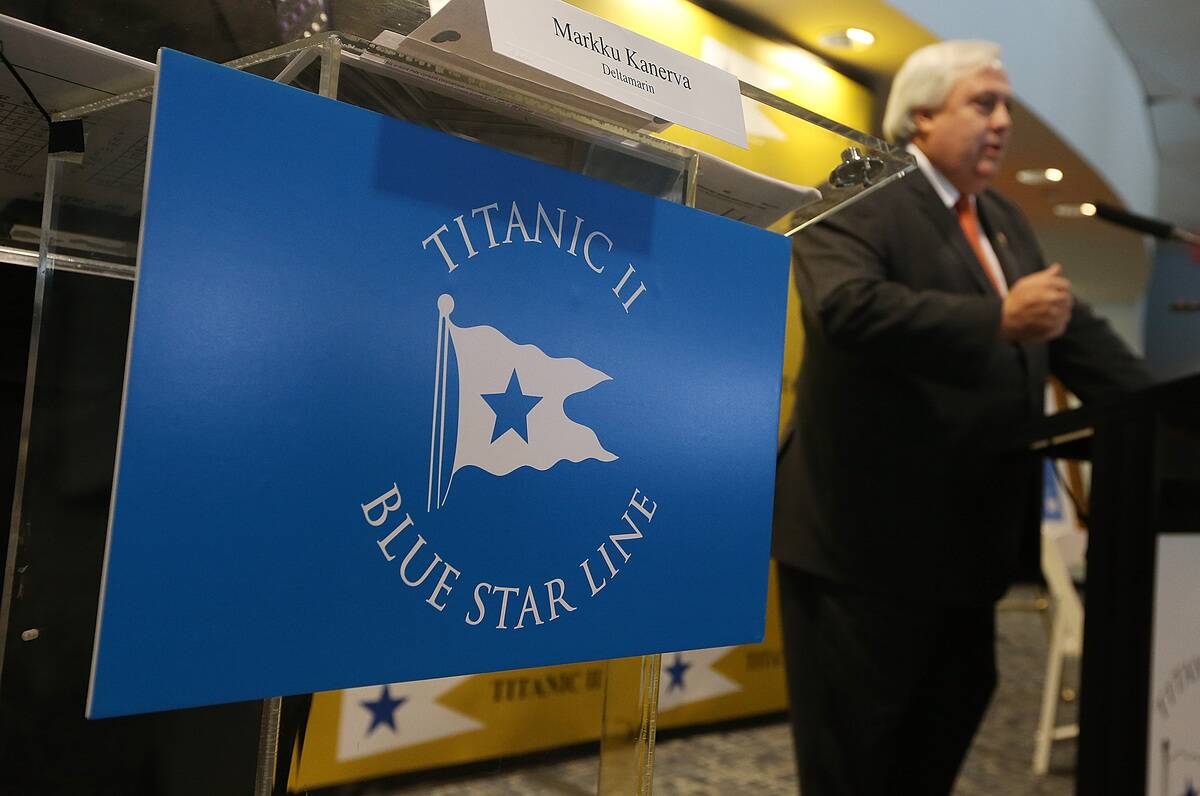
The idea of building a replica of the infamous RMS Titanic, aptly named Titanic II, captured public imagination. Australian businessman Clive Palmer announced the ambitious project in 2012, aiming for a 2016 launch.
However, the project faced numerous delays and financial hurdles, and as of now, the ship remains unbuilt. Despite initial excitement, Titanic II has become a symbol of overambition overshadowing practicality.
The Failed Launch of Google Glass

Google Glass was introduced with much fanfare in 2013, promising to revolutionize wearable technology. However, privacy concerns, a high price tag of $1,500, and limited functionality led to its downfall.
Despite the initial buzz, the device was pulled from shelves in 2015. Google Glass serves as a reminder that even tech giants can misjudge market readiness and consumer interest in cutting-edge innovations.
Mars One: A Pipe Dream to the Red Planet

Mars One aimed to establish a permanent human settlement on Mars, capturing imaginations worldwide. Announced in 2012, the project drew thousands of applicants eager to become Martian pioneers.
However, lack of funding, technical challenges, and skepticism from the scientific community plagued the endeavor. By 2019, Mars One declared bankruptcy, highlighting the vast gap between visionary dreams and practical execution in space exploration.
The Disaster of the Millennium Dome
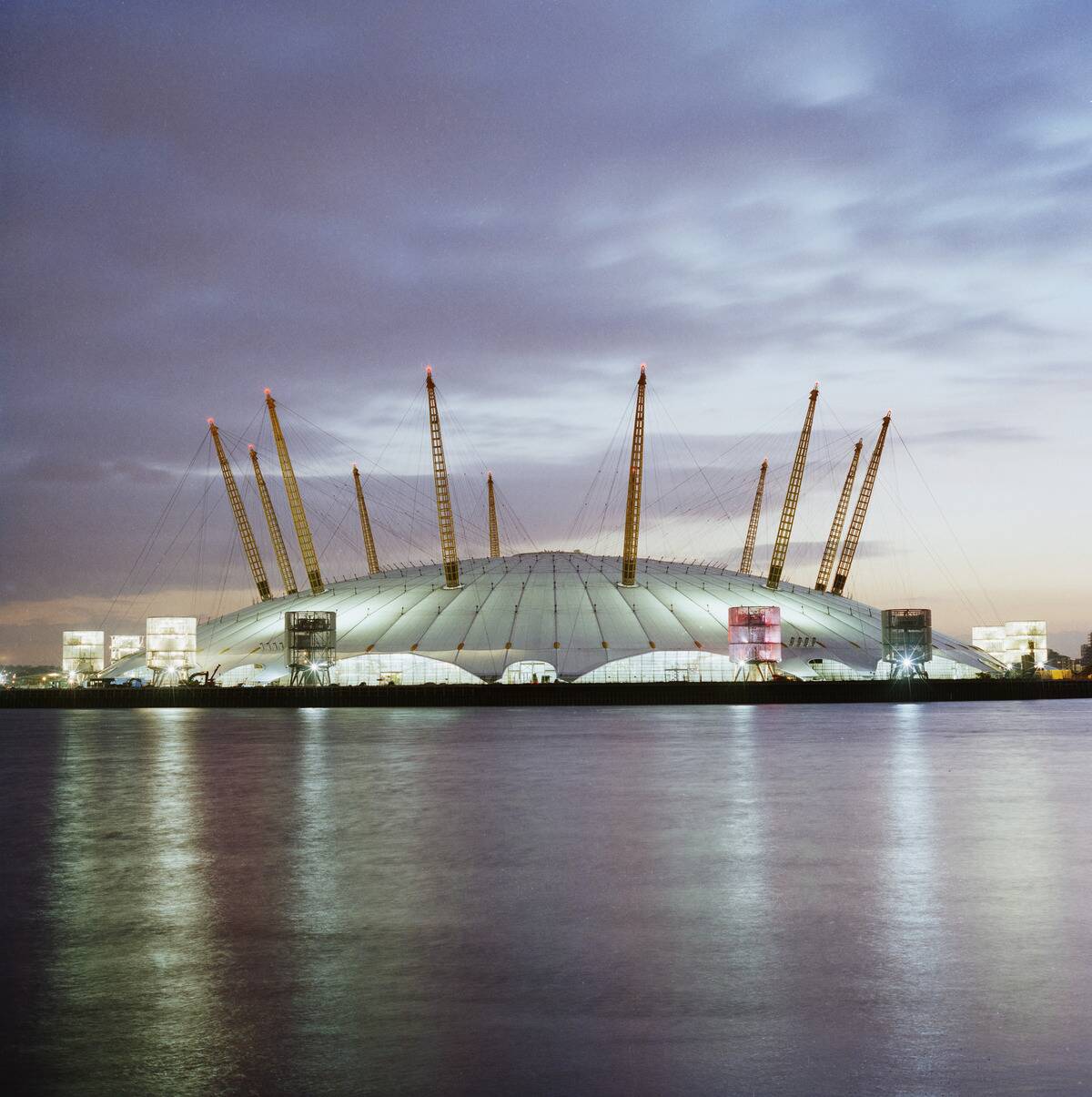
The Millennium Dome, now known as The O2, was built to celebrate the year 2000 in London. Despite its grand intent, the project faced criticism due to its $1.25 billion cost and lack of a clear purpose.
Visitor numbers were far below expectations, and the attraction struggled financially. Eventually, the Dome was redeveloped into a successful entertainment venue, but the initial venture remains a lesson in misjudged public interest.
The Sinking of the Spruce Goose
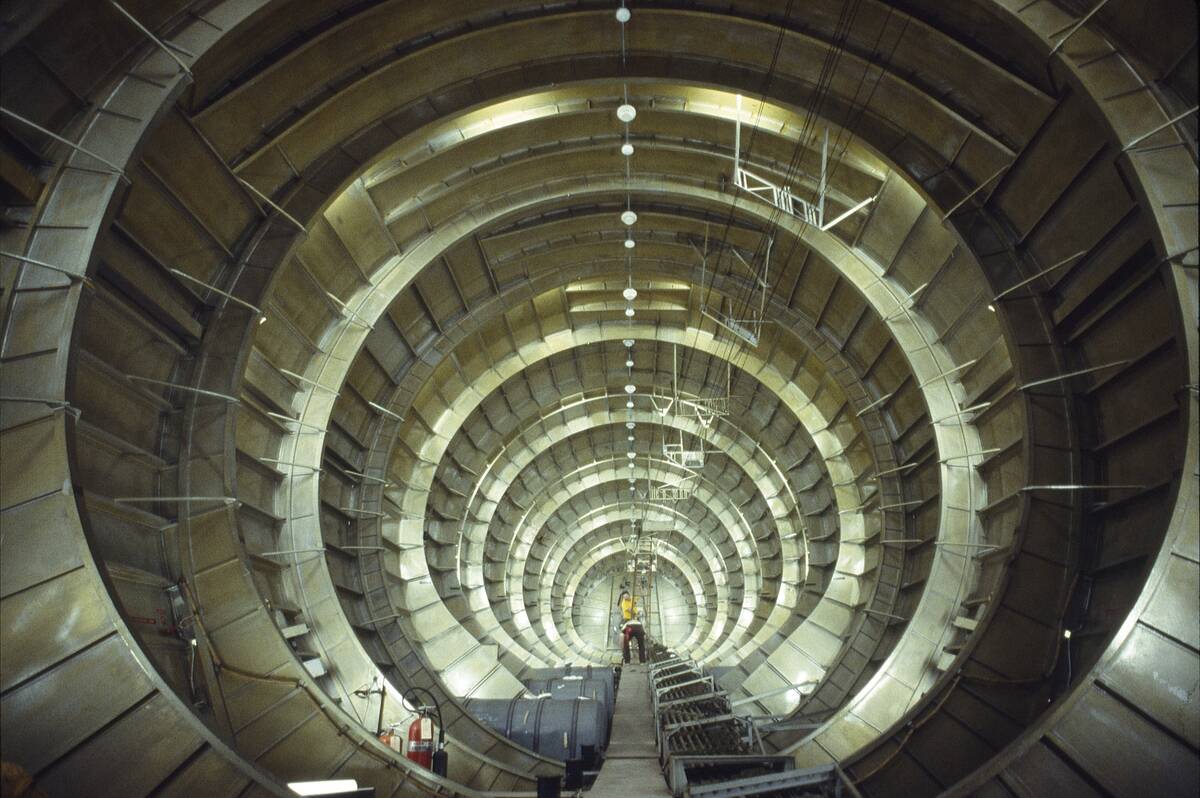
Howard Hughes’ H-4 Hercules, better known as the Spruce Goose, was an ambitious flying boat designed during World War II. Its massive size and unique construction from wood garnered significant attention.
However, it only flew once for about a mile in 1947. The project’s exorbitant cost and limited practical application led to its demise, with the Spruce Goose eventually becoming a museum exhibit rather than a functional aircraft.
Segway: The Future That Never Was

Introduced in 2001, the Segway was hailed as a revolutionary personal transportation device. Despite the hype, it failed to achieve widespread adoption, hindered by its $5,000 price tag and regulatory challenges.
The Segway struggled to find a market niche, with sales falling far short of the predicted 10,000 units per week. Ultimately, the Segway serves as a cautionary tale of overestimated demand and technological optimism.
Quibi: The Short-Lived Streaming Service

Quibi launched in 2020 with a bold vision of short-form content tailored for mobile viewing. Despite raising $1.75 billion, the service struggled to attract subscribers. The lack of compelling content and the impact of the COVID-19 pandemic contributed to its downfall.
Quibi shut down just six months after launch, becoming a cautionary example of misjudged market demand and the challenges of entering the competitive streaming landscape.
The Costly Collapse of Lehman Brothers
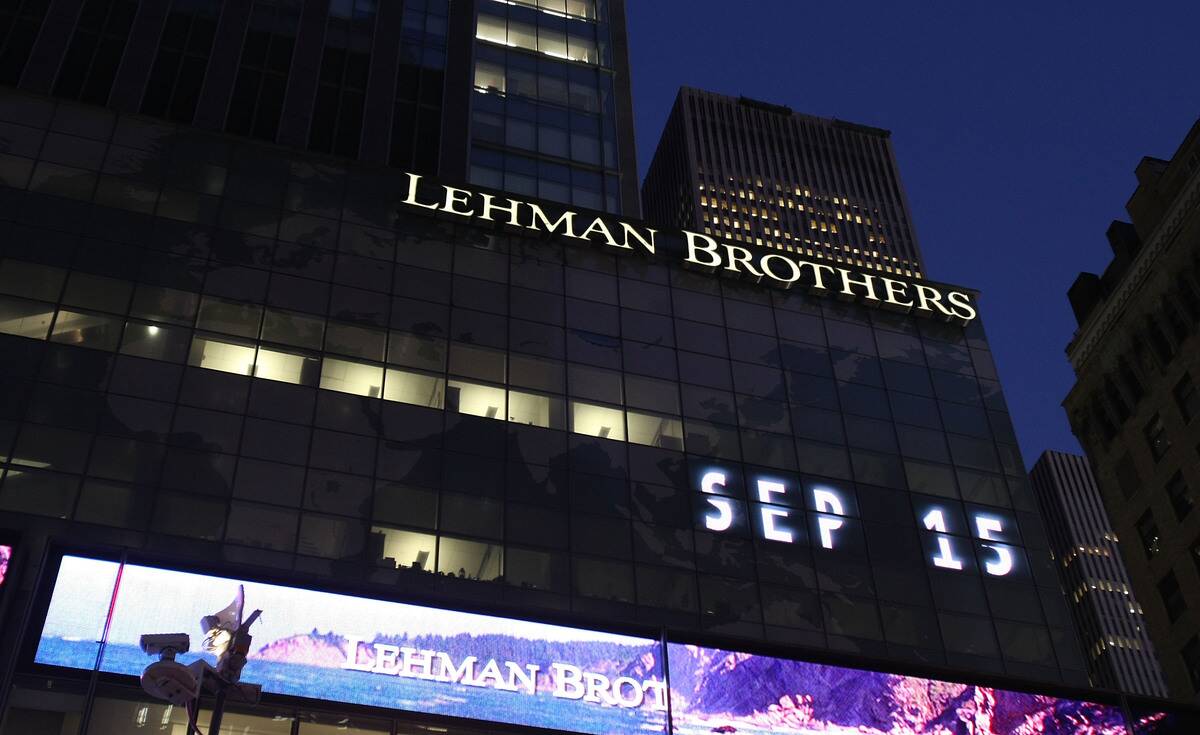
Lehman Brothers, once a titan of Wall Street, filed for bankruptcy in 2008, marking the largest bankruptcy filing in U.S. history. The firm’s collapse, with $639 billion in assets, was a catalyst for the global financial crisis.
Overleveraging and risky mortgage investments led to its downfall, highlighting the dangers of unchecked financial practices. The reverberations of Lehman’s failure are still felt in the regulatory reforms that followed.
The Unfulfilled Promise of the A380 Superjumbo
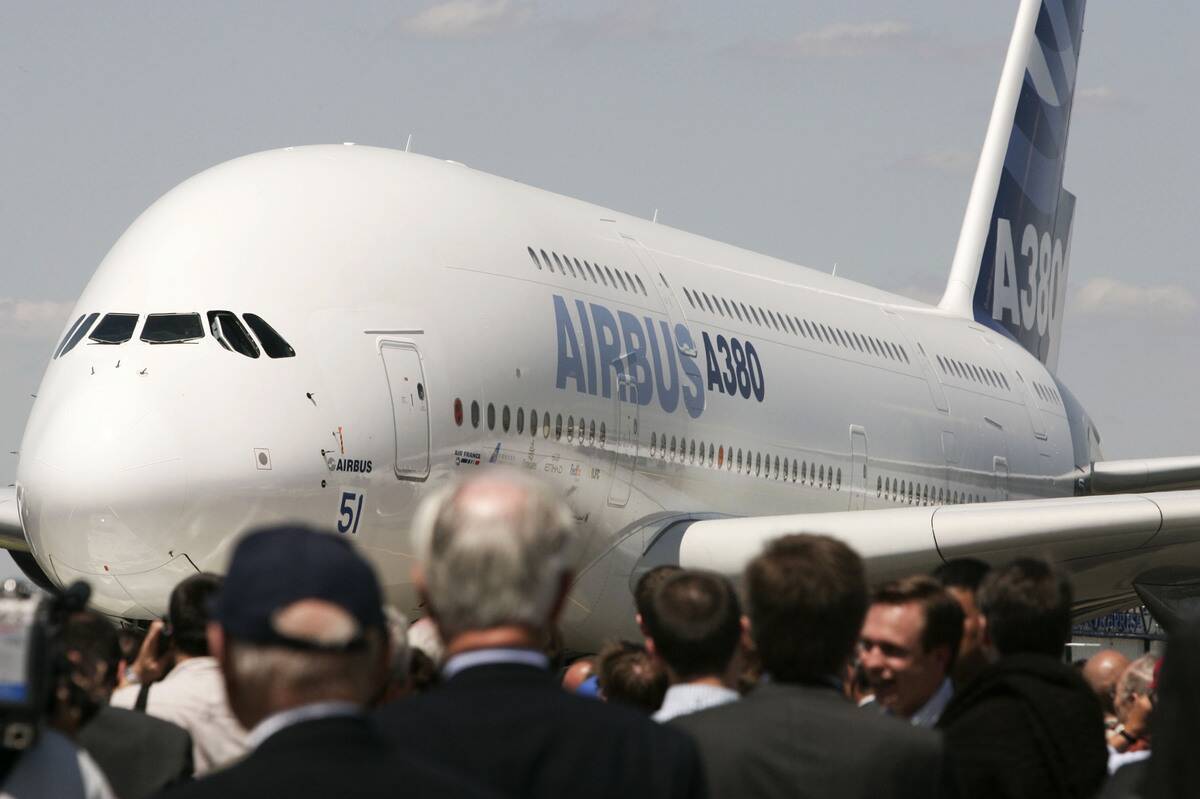
The Airbus A380 was introduced with the promise of revolutionizing air travel with its massive capacity and luxury features. Despite its engineering marvel, the superjumbo struggled with high operating costs and limited airport compatibility.
Airlines found it difficult to fill the seats, leading to diminished orders. In 2019, Airbus announced the end of A380 production, marking the end of a bold but ultimately unsustainable chapter in aviation.
The Money Pit of the Sochi Winter Olympics

The 2014 Sochi Winter Olympics became the most expensive in history, with costs soaring to $51 billion. Originally budgeted at $12 billion, the expense ballooned due to infrastructure projects and allegations of corruption.
Despite the impressive venues and global attention, the financial burden on Russia was immense. The Sochi Olympics illustrate how hosting such events can strain national resources and highlight the need for financial oversight.



